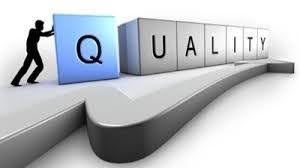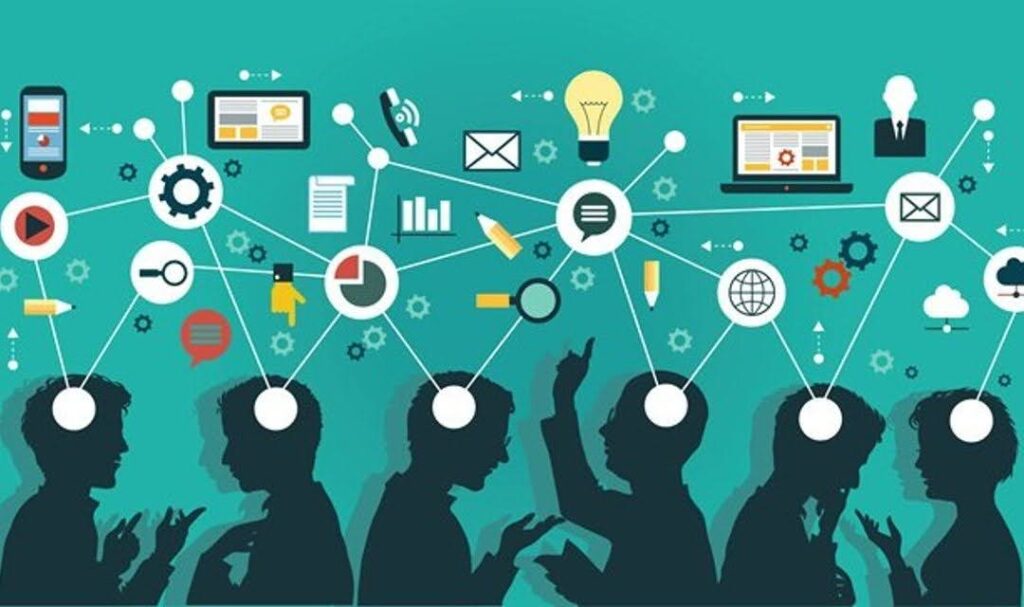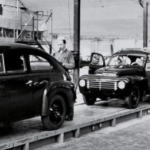
Survival in today’s global market requires agility to sustainably deliver value to the customer. Lean is a business methodology that provides organizations with the ability to continuously deliver value to an ever-changing marketplace. Lean business development enables organizations to grow and scale in a disciplined way – working continuously toward the goals of continuous improvement, respect for people, and a relentless focus on customer value.
Lean business development is rooted in seven key principles:
- Optimize the Whole
- Waste Elimination
- Build Quality into the System
- Deliver Fast by Managing Flow
- Create Knowledge
- Defer Commitment and
- Respect for People
Let’s take a moment to review each one of the valuable principles.
Optimize the Whole
In most organizations there are two unavoidable truths: There are many moving parts, and resources are limited. The moving parts are your multiple business functions, your array of operational processes, the different markets, and the wide variety of ideas within your company about the direction your organization should be moving.
Resources can be both material and equipment but also include knowledge work. Knowledge work is intangible and therefore harder to manage. Knowledge work is the skills, knowledge, time and energy of your employees.
Optimizing the whole requires organizations to understand how value flows through their many moving parts. This can be achieved by participating in process mapping or value stream mapping.
In order to tap into the potential of all employees, an infrastructure to communicate, share, and align around common goals must be developed. An organization cannot afford to operate in functional silos, optimizing teams and departments while sub-optimizing the whole.
The goal should be a Lean enterprise, where all the moving parts are successful, and the resources (material, equipment and people) are used efficiently and effectively.
Waste Elimination
Waste Elimination is often mistaken or misused as job elimination, budget cutting and is usually categorized as an innovation crusher. This is a misguided interpretation of what is actually an essential concept for growth and innovation. Waste, in Lean business development, is defined as anything that does not add value to the customer; anything that the customer would not willingly pay for.

In knowledge work, waste is any process, function, or activity that does not add value to the customer, or enable the business to add value to the customer. Waste can be overburden of employees, tedious processes, technical debts, lengthy feedback loops, unnecessary complexity in decision making, or premature planning.
In order to sustainably Eliminate Waste, you must build the identification and elimination of waste into daily activities. At the team level, an organization must hold each other accountable for designing, practicing, and continuously improving processes in order to maximize the delivery of value to the customer. The employees must discuss not only the work, but how the work is being done – and how they can deliver more value to the customer in faster and more sustainable ways.
Waste Elimination activities must start at the top of the organization. Leaders must show, by example, how to make decisions that are focused on the customer.
Build Quality into the System
Revisiting a comment from above: In organizations, two things are true: There are many moving parts, and resources are limited. This is precisely why the Lean business principle of Building Quality into the System is essential for Lean business development. In order to create a system that is built for growth, we error-proof the system by standardizing and automating as much as possible. We standardize and automate those things that are tedious, repeatable, or prone to human error, so we can focus the skills and efforts of our employees on innovation, growth, and continuous improvement.

Lean Business development encourages organizations to build quality into the system by documenting, sharing and aligning around good practices, credible sources of knowledge, and strong processes. Lean organizations create environments that guide employees to Build Quality In. They sponsor the tools that enable organizations to move faster and make better use of their talent.
Deliver Faster by Managing Flow
It is not uncommon for organizations to measure utilization by a percent of capacity – i.e. a team is working at 90% capacity. With that in mind, review the following analogy and see if commonalities exist.
Imagine a road at 90% capacity: If you’re picturing a road at a near standstill, you have a perfect illustration of why maximizing capacity impedes speed and the flow of value delivery. Now imagine that same road at 50% capacity: There are fewer vehicles on the road, but they’re moving faster – allowing more cars to reach their destinations in a reasonable amount of time.
Completed work in the hands of the customer is valuable. The goal of every Lean organization is to get value into the hands of customers as quickly as possible while still delivering the required level of quality.
With the goal of speed and value delivery in an organization, we must focus on flow. An organization cannot afford long hours, inefficient resources, or overburden. In order for employees to deliver quickly, they have to operate in an environment that permits them to focus. Limiting work in process at the organizational level is absolutely critical if the desired result is to limit work in process at the team and individual levels. We can only deliver fast if we manage flow.
Create Knowledge
Many organizations are managed by people operating in homegrown systems, relying on tribal knowledge to do a majority of their work. This type of infrastructure is necessary to get started, but unsustainable for any organization wanting to grow.

The Lean principle of Creating Knowledge charges organizations with the challenge of designing, documenting, and continuously improving repeatable processes, in order to reach the level of speed and accountability necessary for sustainable growth. This depends entirely on your employees: An organization must hire and retain talent that is motivated to continuously grow, share, cross-train, and identify more areas for learning and improving. Lean organizations must create policies that retain high-quality employees and favor team stability, so that the knowledge that’s created can continue to grow.
Defer Commitment
Deferring Commitment is critical for Lean business development. This principle encourages organizations to make decisions with the most up-to-date, relevant, comprehensive information. Here’s why this is important: A key component of giving customers what they want is making decisions based on real, customer-driven data. If we make decisions prematurely, we aren’t making decisions that accurately represent the needs and desires of the customers. This is a practice that can be costly in the short-term, but in the long term, it significantly balances technical risk and market timing realities.
Respect for People
Lean business development relies on hiring and retaining the best people and creating environments to make sure that the best ideas are heard. This cannot be accomplished without a fundamental respect for people.

Lean aims to eliminate the overhead between the customer and the people responsible for delivering value to them. Lean organizations respect their employees by creating environments to allow them to do their best work. Focusing all company efforts on respect for people creates an environment where the best ideas are heard, where good employees are retained, and where leaders are better able to understand the needs of their employees and their customers.
Summary
Practicing these seven principles is a journey that is never ending. Truly understanding each element and ensuring that your organization practices them will help to deliver a Best-in-Class organization that will benefit customers, organizations and employees.




